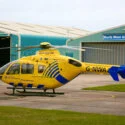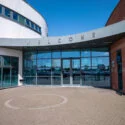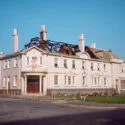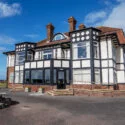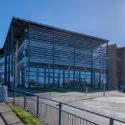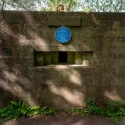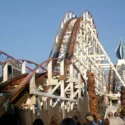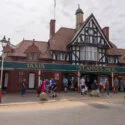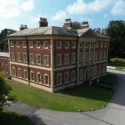St Annes Pier, located in St Annes-on-the-Sea, Lancashire, was designed by Alfred Dowson and opened on 15 June 1885 by Lord Stanley. Originally intended as a peaceful promenade, the Victorian-era pier later included various attractions. However, changes to the estuary channels meant to improve access to Preston Dock eventually left the pier stranded on dry land, which ended steamer services to Blackpool and Liverpool. A Tudor-style entrance was added in 1899, followed by a Moorish Pavilion in 1904 and the Floral Hall in 1910. Unfortunately, both were destroyed by fire—first the Moorish Pavilion in 1974 and then the Floral Hall in 1982. The pier, initially 914 feet long, was shortened to 600 feet after the demolition of its damaged seaward end. It earned Grade II listed status in 1973, recognising its historical significance.
St Annes-on-the-Sea, developed in the 19th century by the St Annes Land & Building Company, was a planned town. Pleasure piers were common in English seaside resorts by this time, and with piers already established in Blackpool, Southport, and nearby Lytham, it was likely that St Annes always envisioned having one. The company formed a subsidiary in 1877 to build the pier, seeing it as an opportunity to attract visitors for fishing and boating. Construction began in 1880 after economic delays. The pier was made from cast iron columns and intricate ironwork, costing £18,000. Its opening ceremony in 1885, attended by local dignitaries and schoolchildren, also featured the launch of the lifeboat Laura Janet, which tragically met disaster the following year, claiming the crew’s lives.
Further expansions followed in 1891 with an iron jetty extension designed by Garlick and Sykes, allowing steamer services to Blackpool and Liverpool. However, adjustments to the Ribble estuary eventually rendered the pier unusable for this purpose, halting steamer trade entirely. A mock Tudor entrance building was completed in 1899, and the pier widened with the addition of a Moorish Pavilion by 1904. This pavilion, seating 920 people, and the Floral Hall built in 1910, were key attractions during the early 20th century. Unlike nearby Blackpool, St Annes aimed for a more refined visitor experience, with the pier originally offering few attractions beyond a band kiosk and a sweet shop. The Floral Hall later hosted concerts and famous performers, including Gracie Fields and George Formby.
The addition of an amusement arcade in 1954 marked a shift in the pier’s attractions, which expanded to include a restaurant, crazy golf, and live theatre performances. The Amalgamated Investment Company acquired the pier in 1962, adding features like an aviary and a reptile house. However, the Moorish Pavilion, renamed Sultan’s Palace, was destroyed by fire in 1974. After being sold to the Webb family in 1976, the seaward end of the pier was demolished following another fire that claimed the Floral Hall in 1982. Despite protests, most of the damaged sections were removed, although the final 150 feet were preserved to retain some of the pier’s character.
Today, St Annes Pier is home to an amusement arcade, cafés, and shops. Though much of the pier is enclosed and its seaward end remains closed to the public, it continues to be a cherished landmark. Its ornate ironwork and historical role in seaside culture have earned it widespread recognition, solidifying its place as an important part of British heritage.

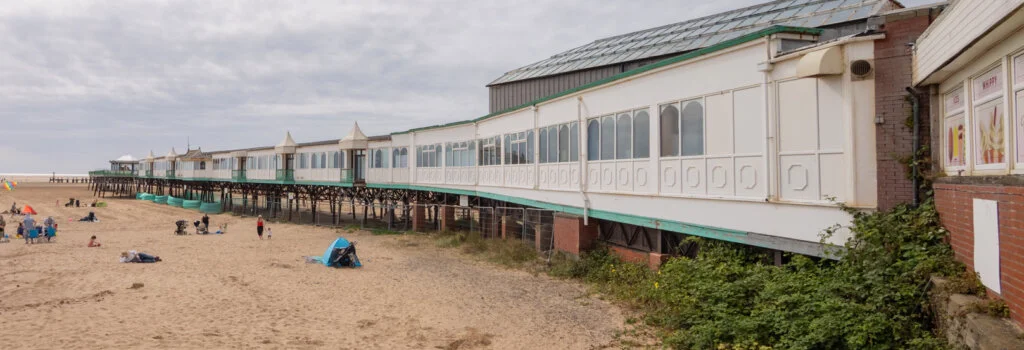

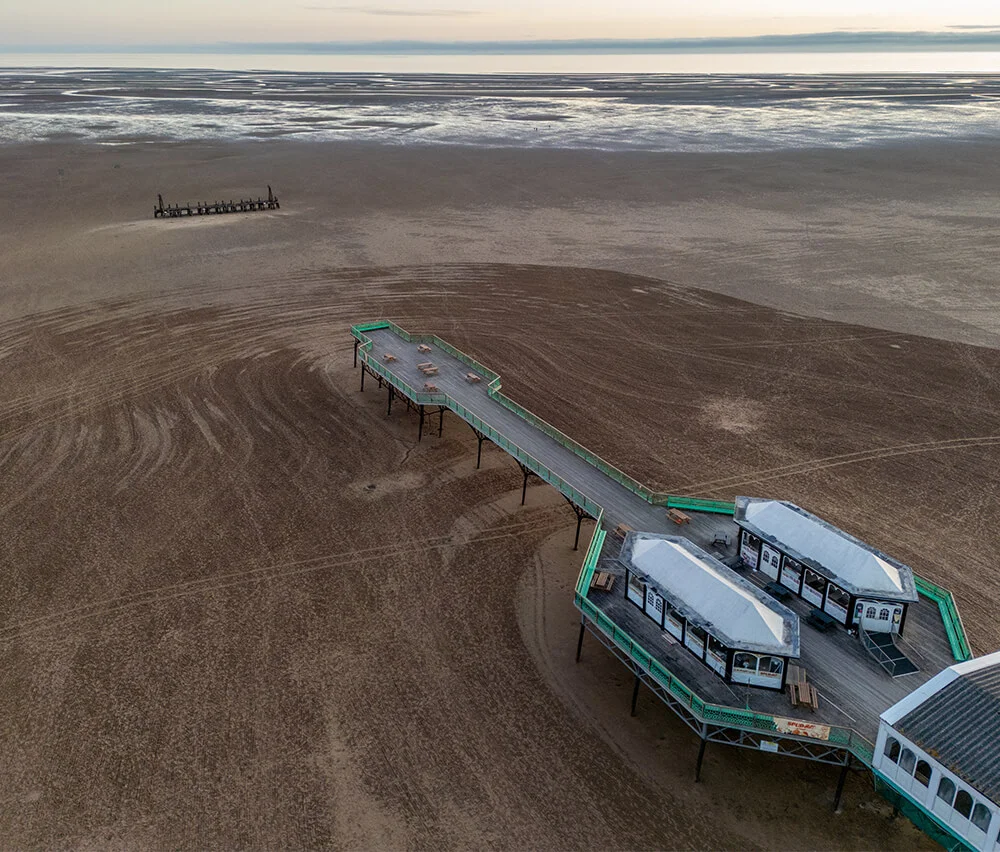
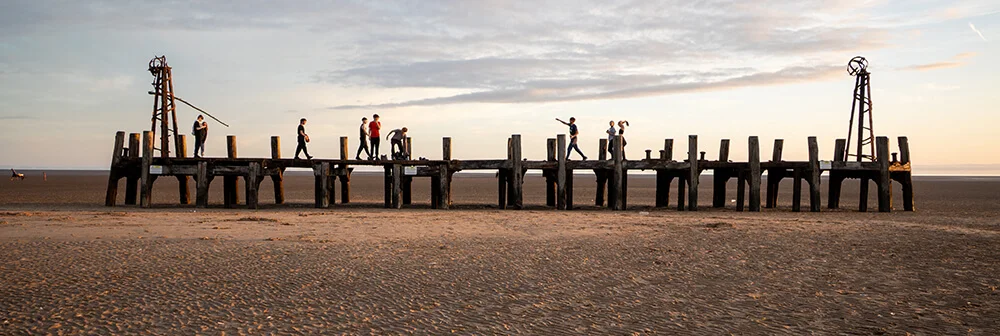
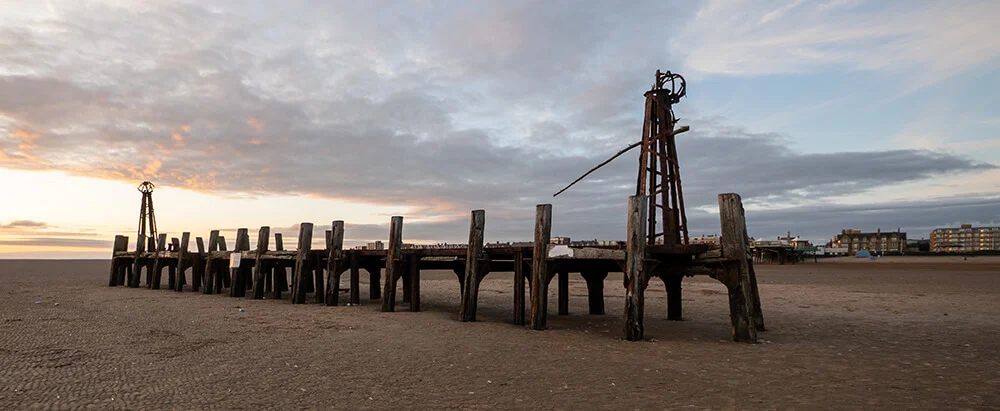
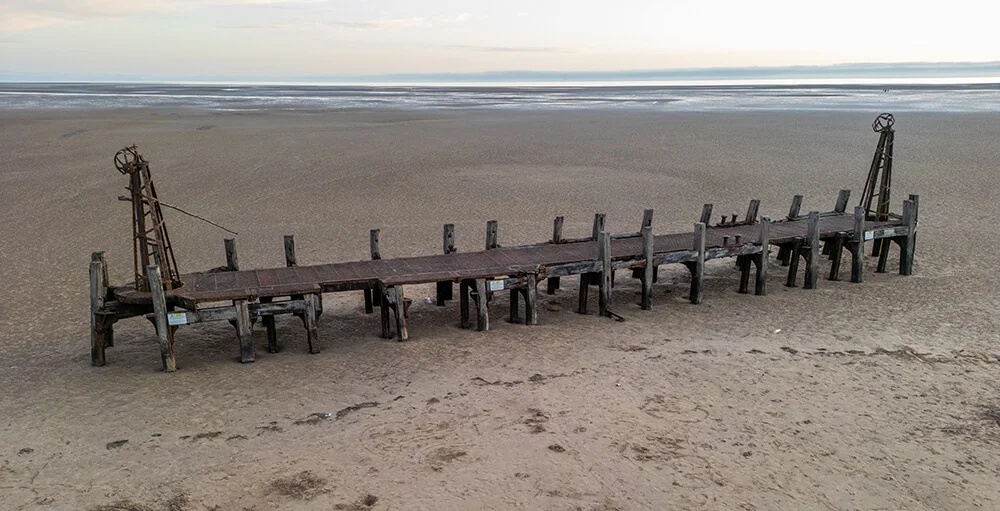
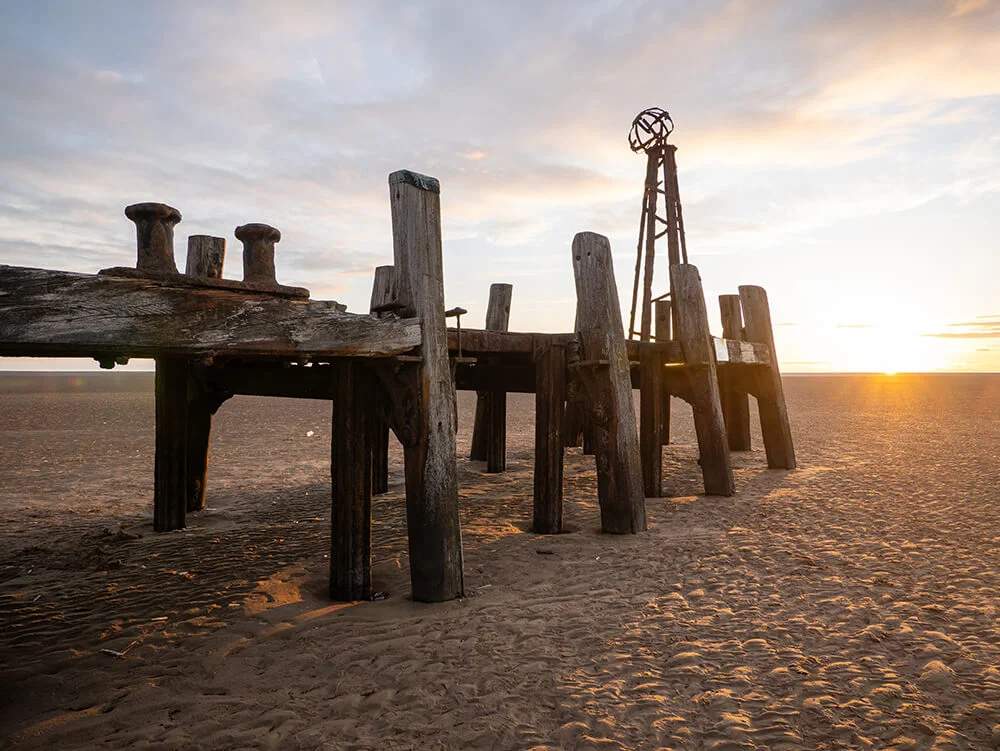
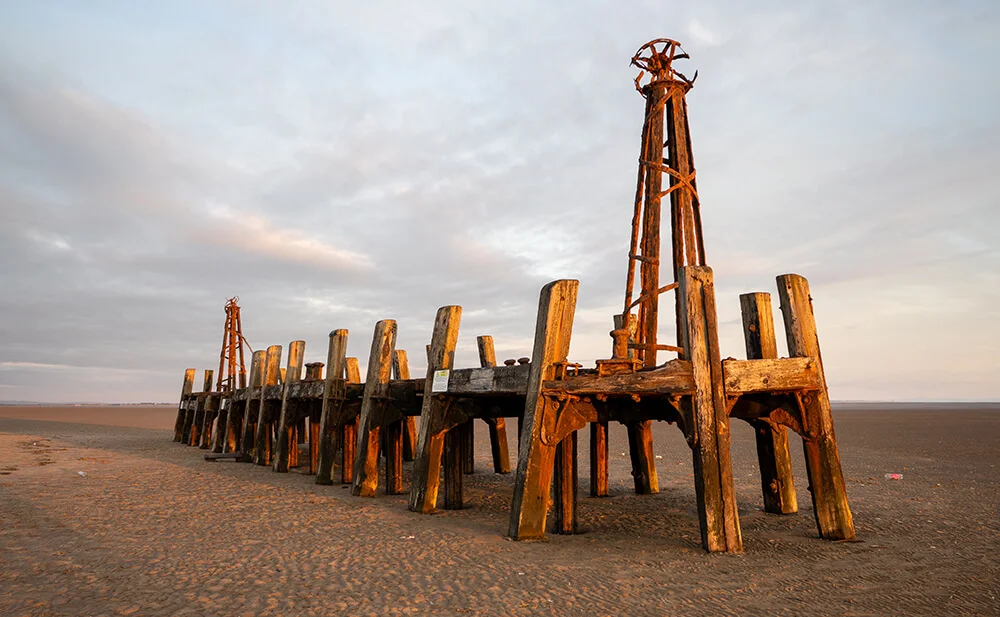
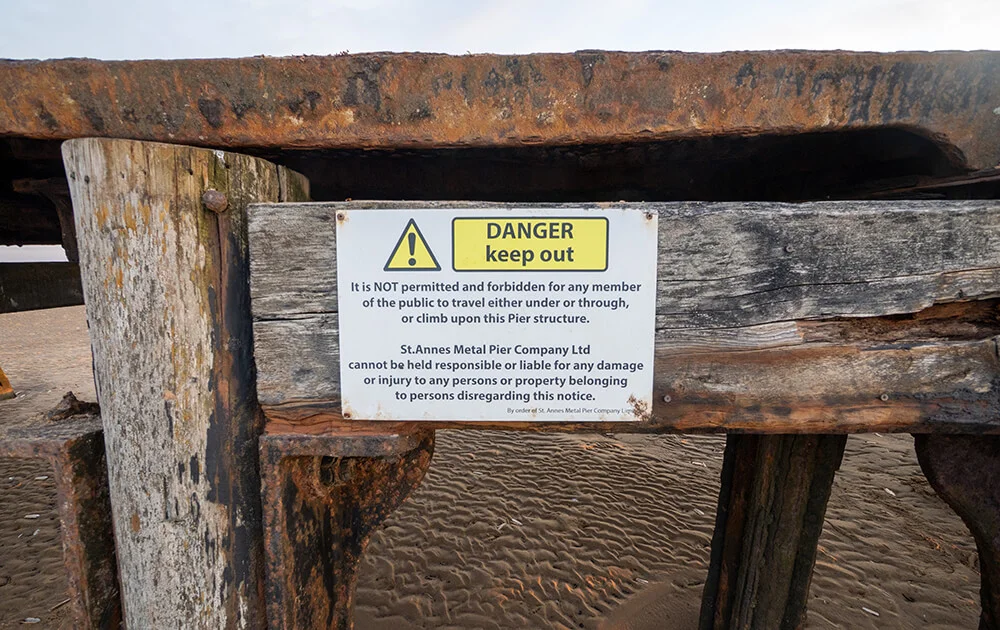
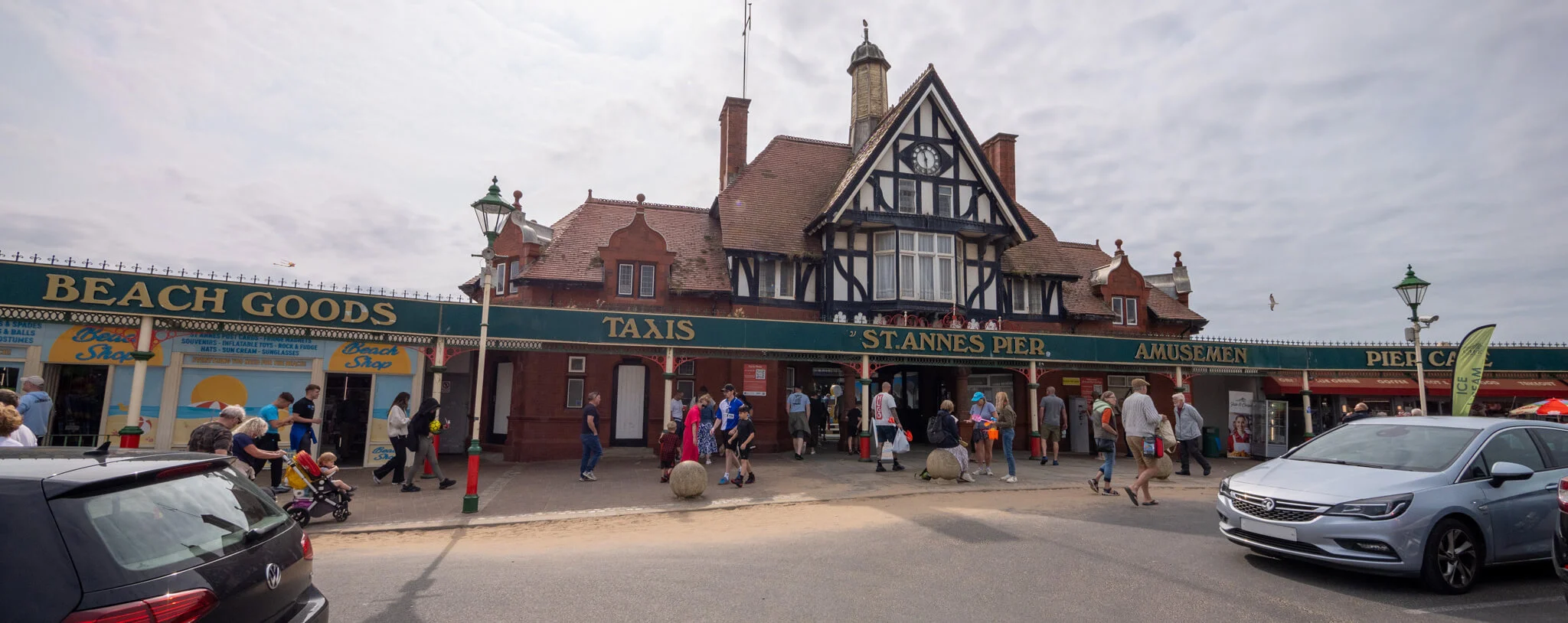
Featured Image © Deeper Blue Marketing & Design Ltd
Images by © Deeper Blue Marketing & Design Ltd

















